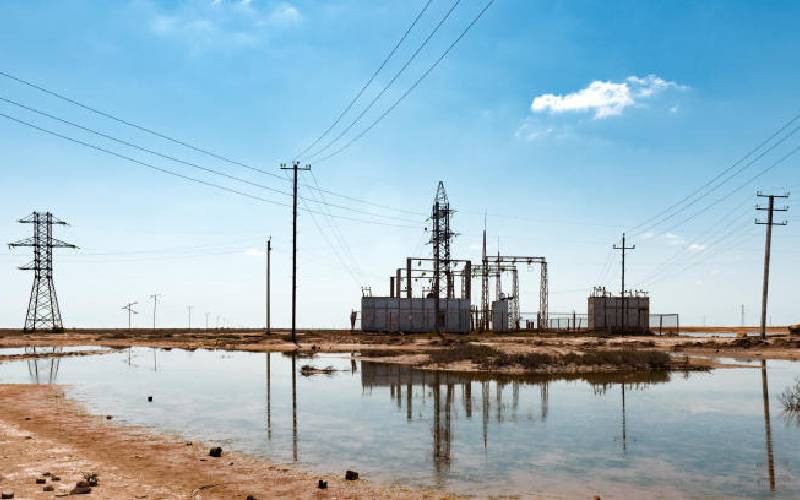×
The Standard e-Paper
Informed Minds Prefer The Standard

We live in a world of increasingly blurred lines. As consumers desire more simplicity and efficiency, companies move up and down value chains taking on new product lines and services.
Phones now double as cameras (and much more), booksellers are in the business of selling e-readers, retailers act like lenders, and ridesharing app companies redefine the way we interact with automobiles.







